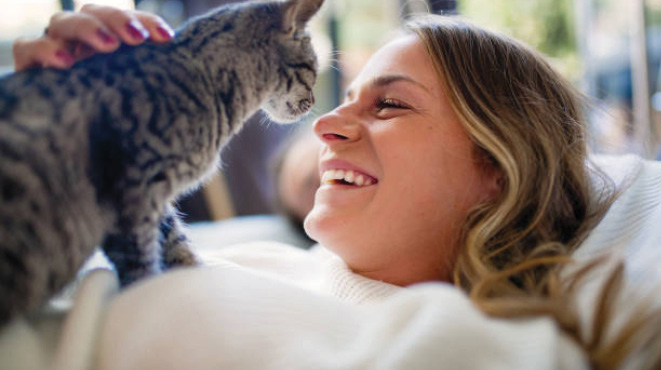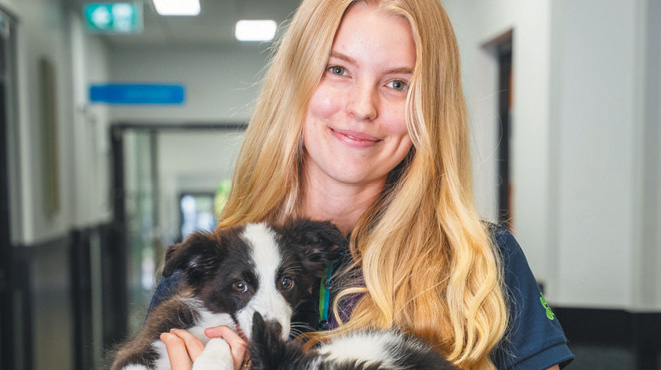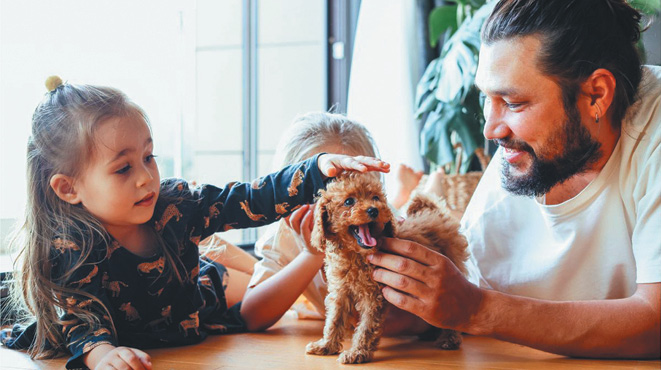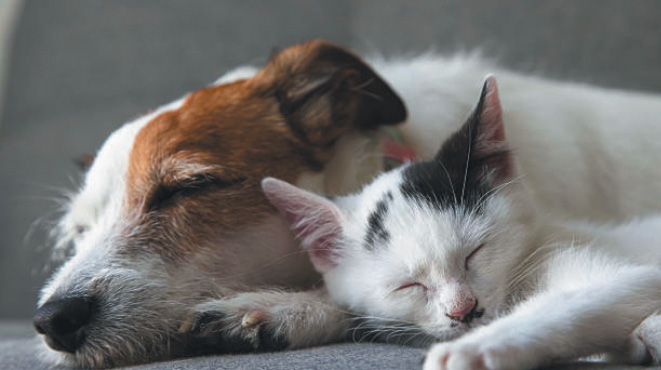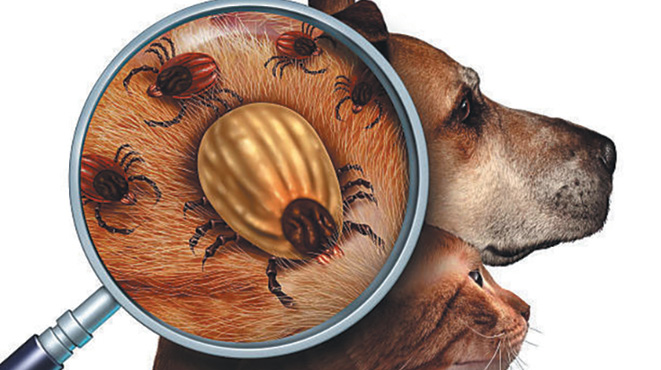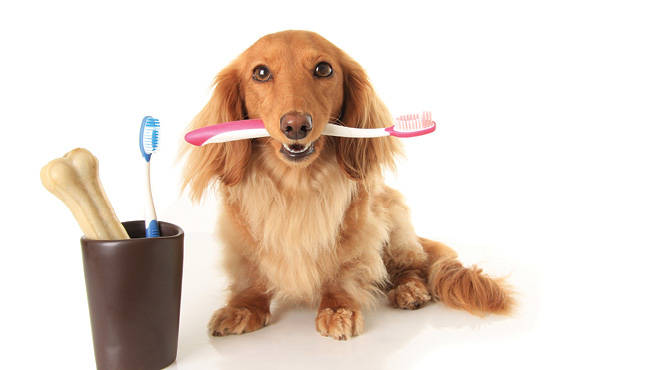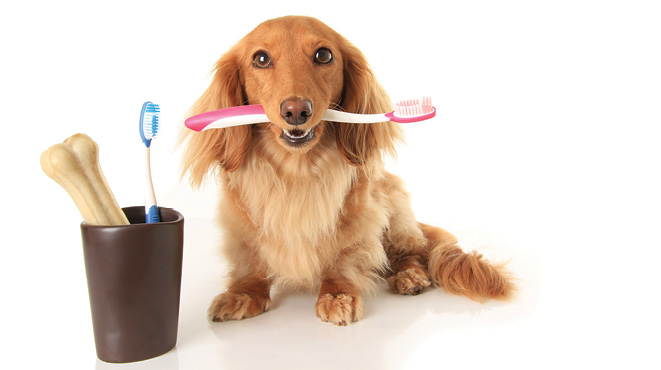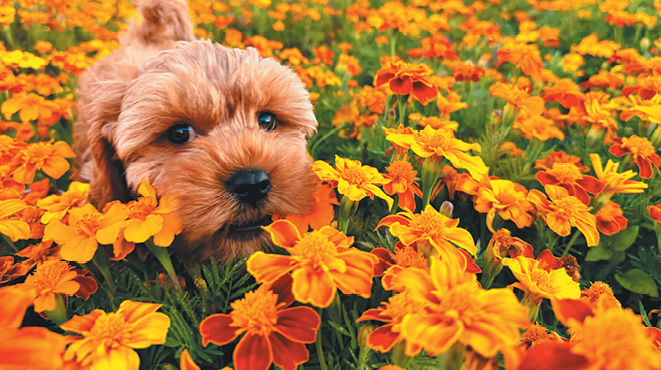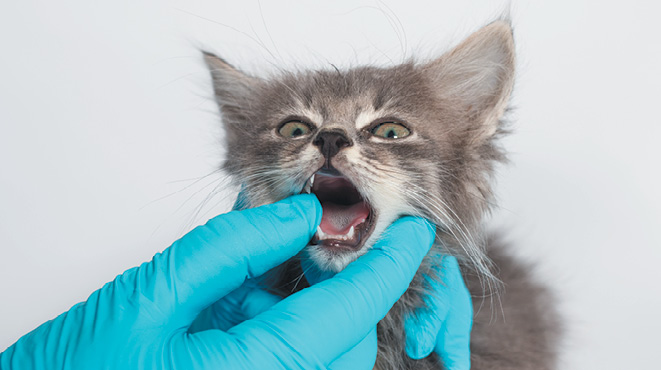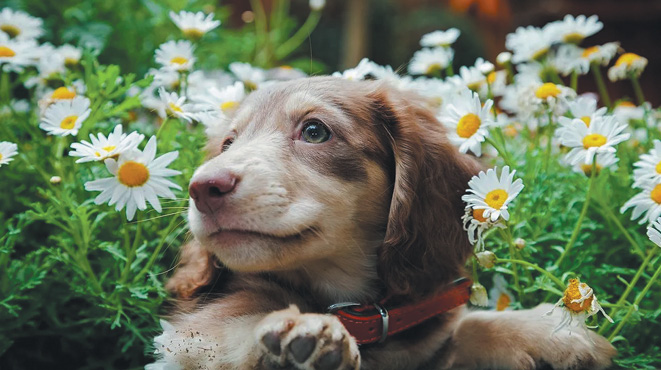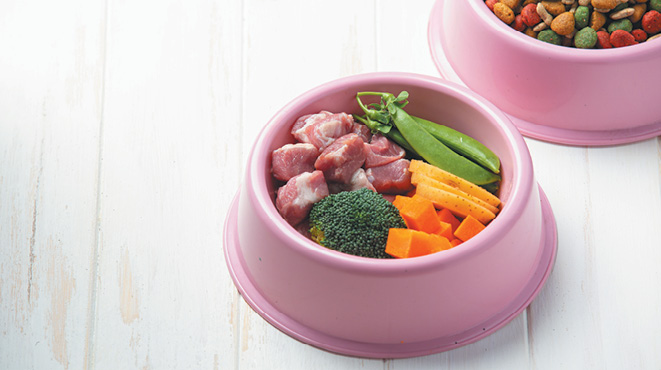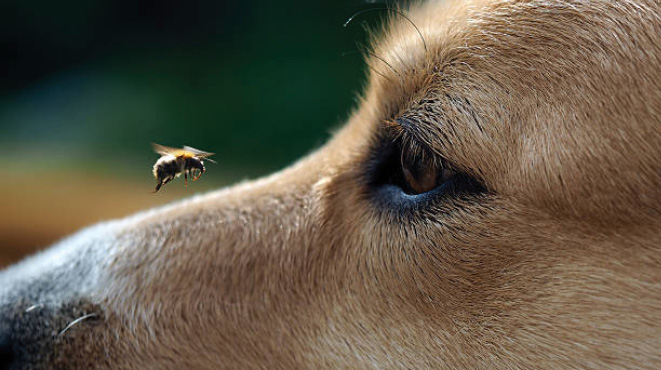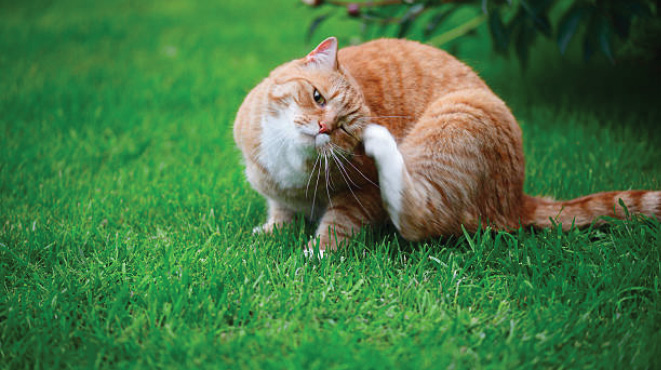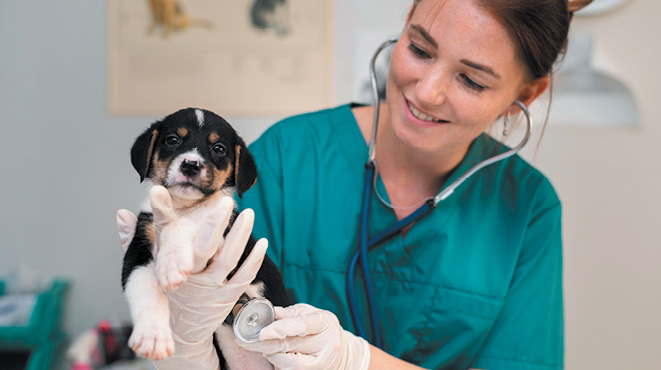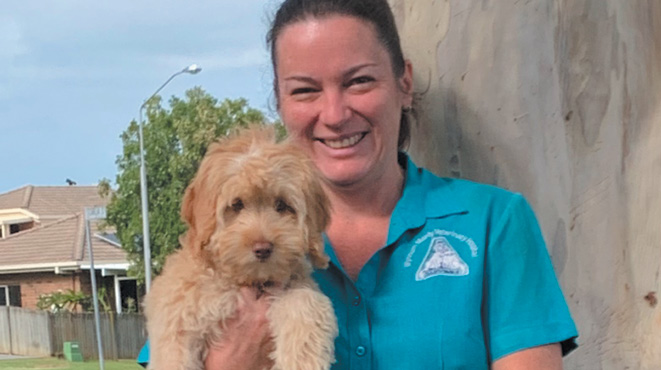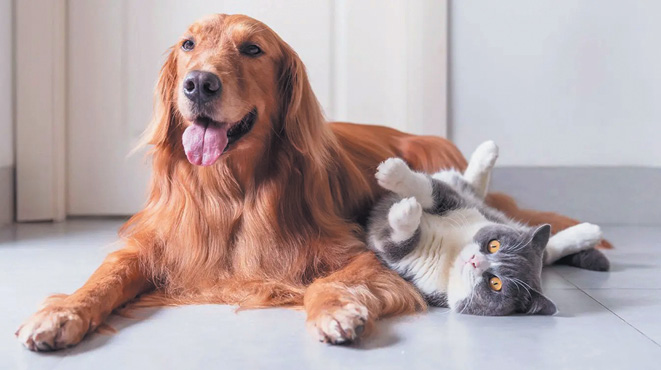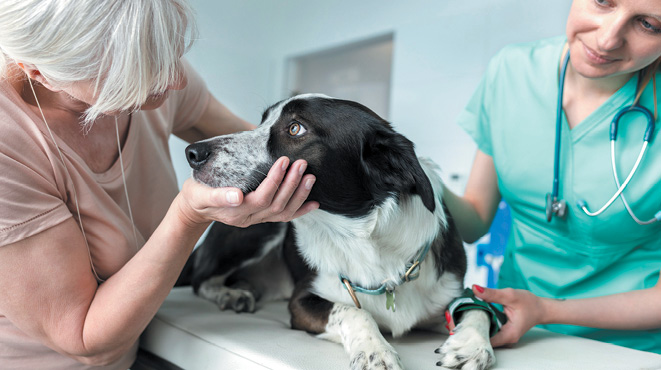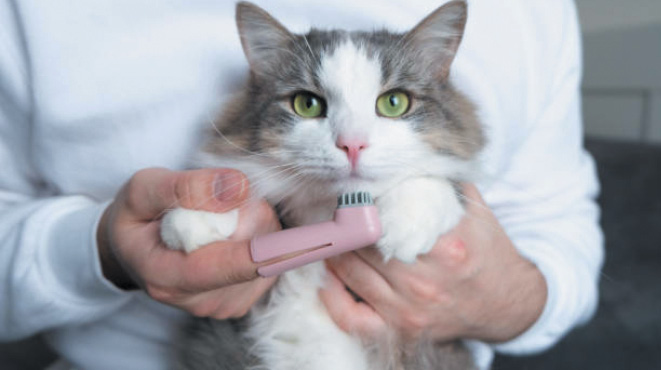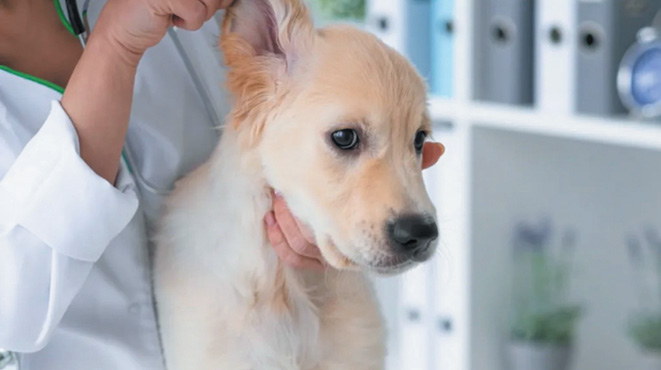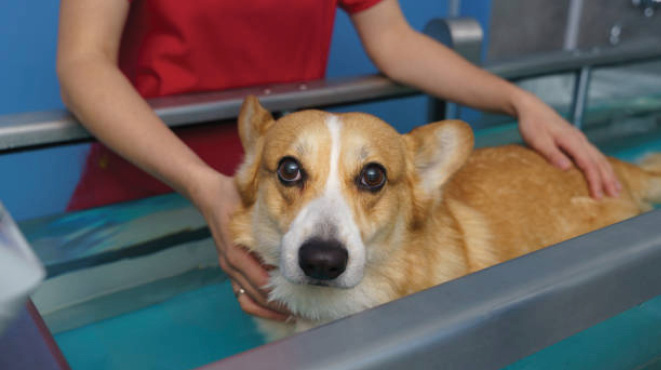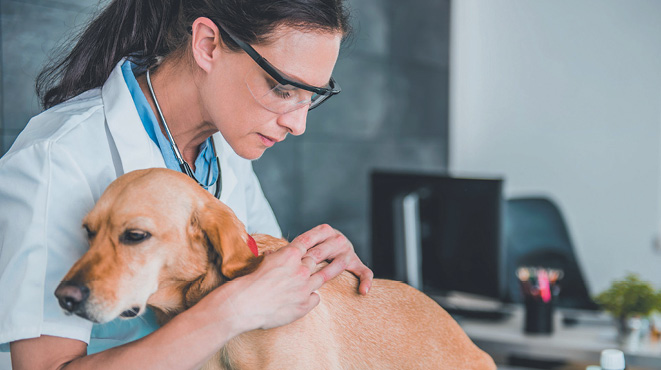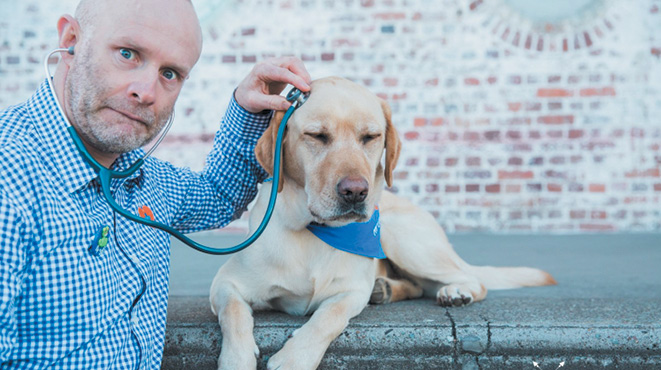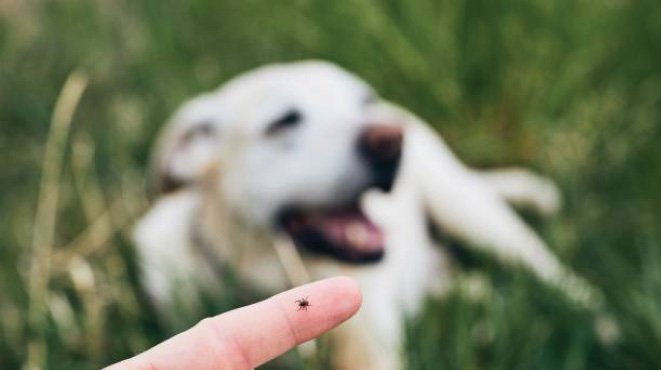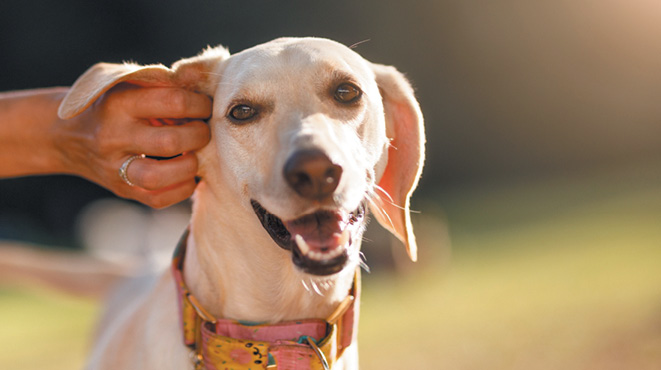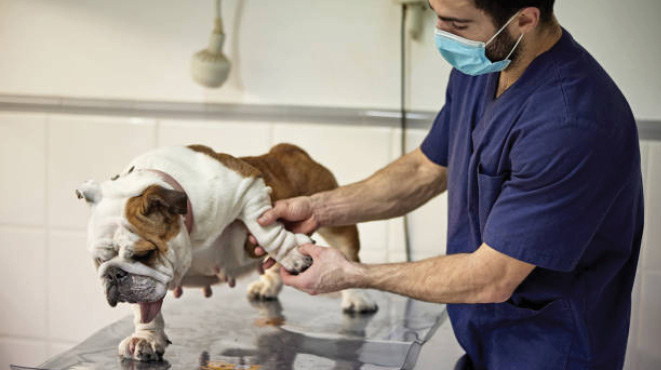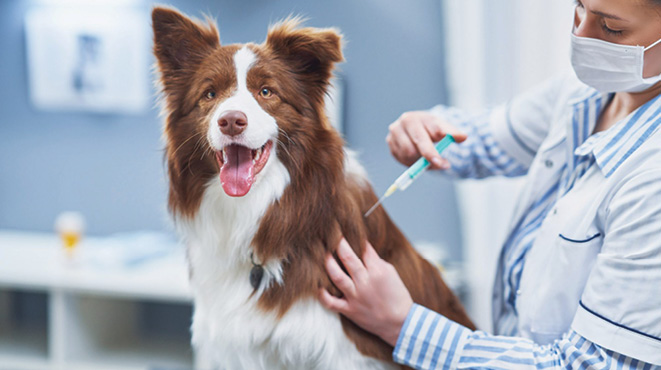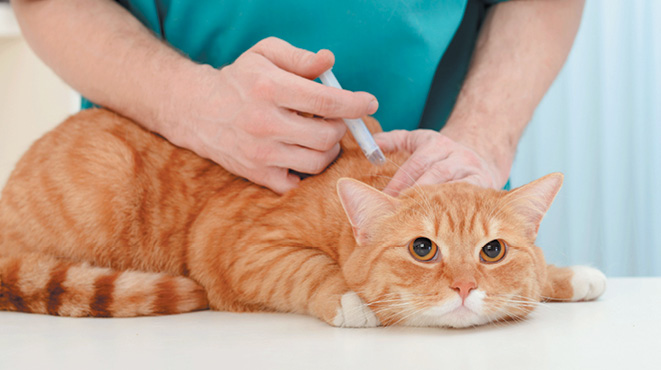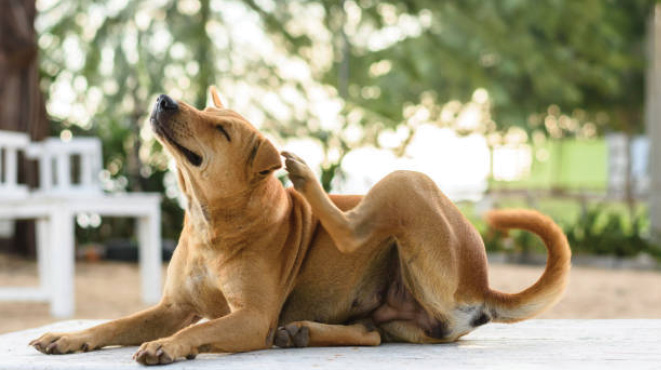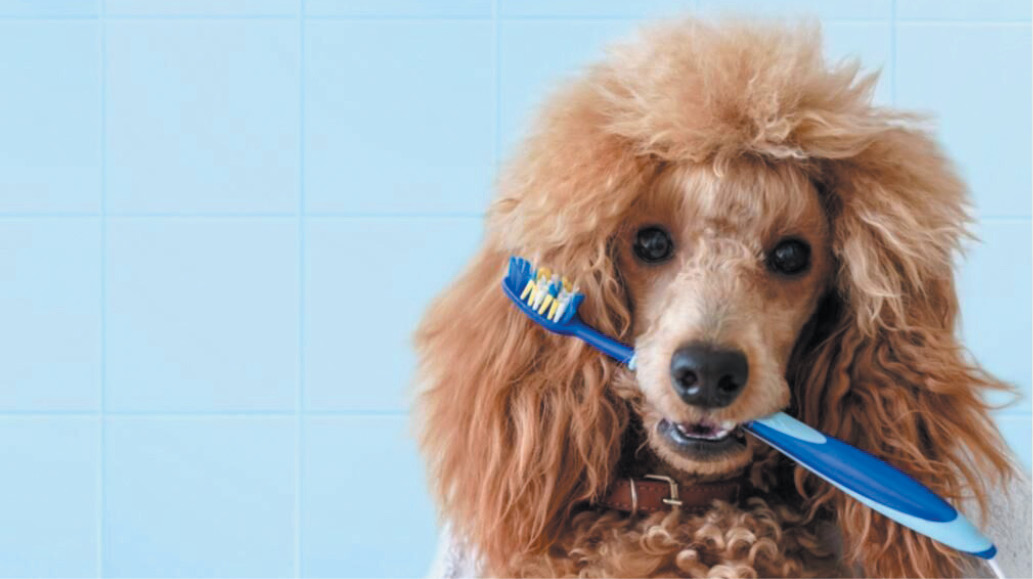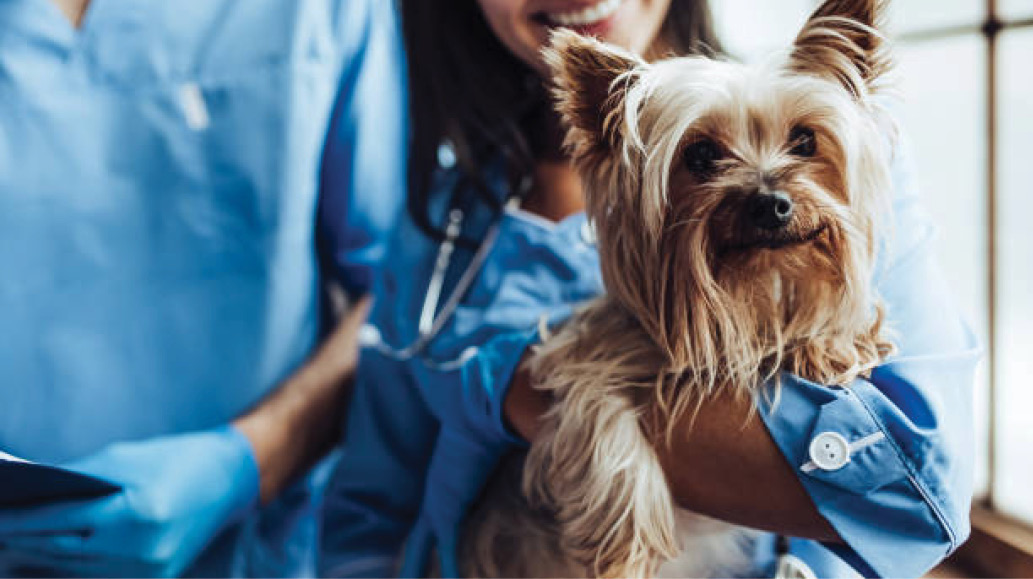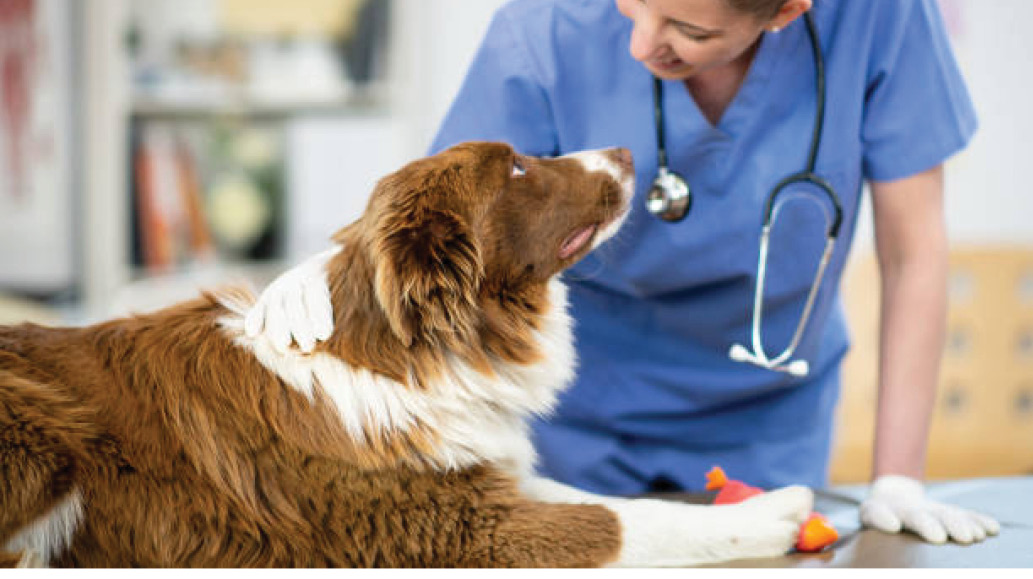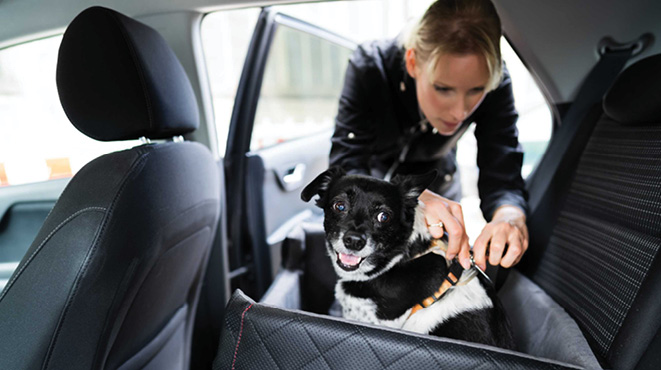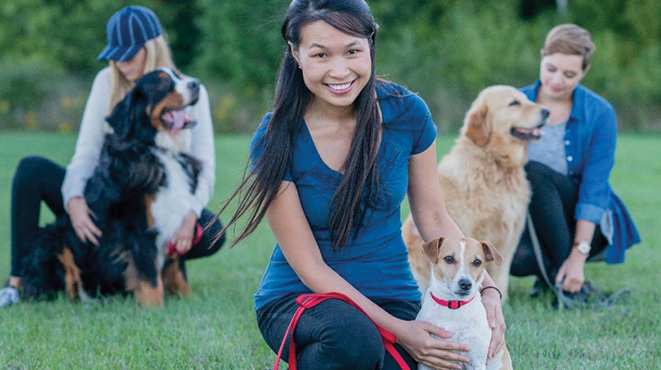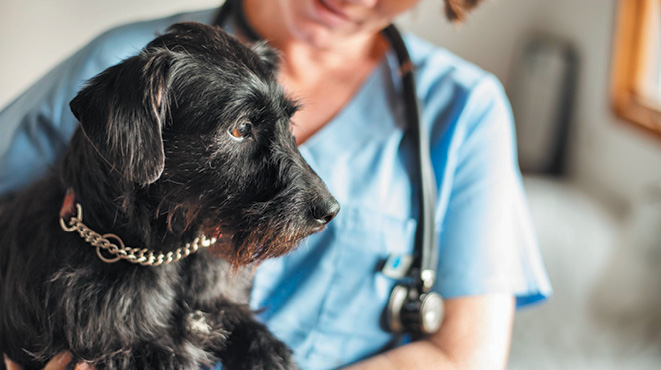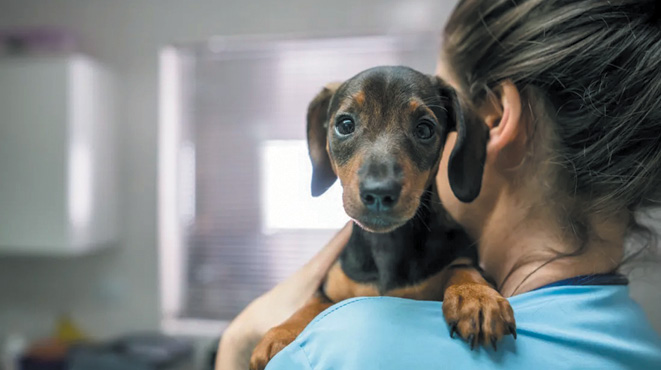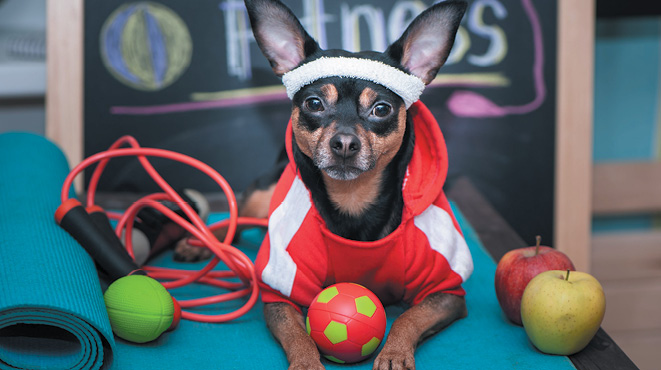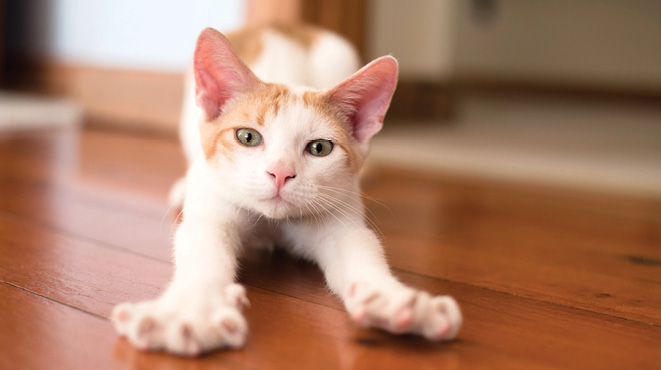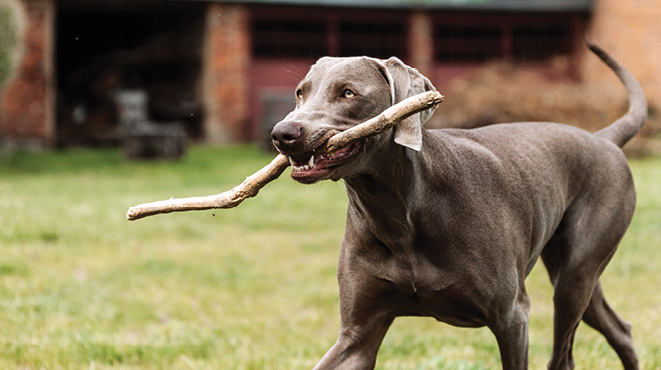BY DR NICKY THOMAS, WYNNUM MANLY VETERINARY HOSPITAL
Have you ever wondered what your cat is thinking or feeling? Cats use their bodies in a variety of ways to communicate their moods – learning to identify their emotions through observation of their body language can help to improve your understanding of your cat’s behaviour. A combination of the position of ears, eyes, body and tail can give you some clues about their state of mind.
Happy and relaxed
A cat feeling happy and relaxed will often look sleepy – their muscles are loose and their head still.
- Ears – relaxed in a normal posture, not flattened or angled back.
- Eyes – pupils will be normal size and eyelids may droop.
- Body – a relaxed cat may lie on its side, exposing its belly. If in a sitting position, they will have a straight back and their head will be held up.
- Tail – extended and flat, fairly still, fur lying flat.
Playful
A playful cat may demonstrate this by instigating play – this may be stalking you or looking for a toy and beginning to play.
- Ears – held up, pointing forward.
- Eyes – a playful cat will often watch you intently and have dilated pupils.
- Body – playful cats like to stalk; they may be in a crouched position ready to pounce!
- Tail – the tail is held down just before pouncing. A cat in a playful mood may raise or flick their tail and some younger cats and kittens will even chase their own tail.
Scared or worried
An anxious cat will often hide and avoid contact. They may develop the “Halloween cat” posture of arched back and raised tail. Some frightened cats will show their teeth and hiss.
- Ears – may flick back and forth rapidly. Ears may be held down, point sideways or lie flat.
- Eyes – nervous cats are very watchful. Eyes will be held open and pupils widely dilated.
- Body – arched back with fur standing on end.
There are a number of other ways which cats can communicate.
These include:
- Rubbing – against a person or object. Rubbing against a person may indicate affection while rubbing against furniture and other items is used to distribute their scent.
- Kneading – this behaviour is a remnant of kitten behaviour which is used to help milk letdown, and often indicates contentment.
- Vocalising – noisy cats are often seeking attention (or food!).
- Purring – a purring cat is usually contented and relaxed.

